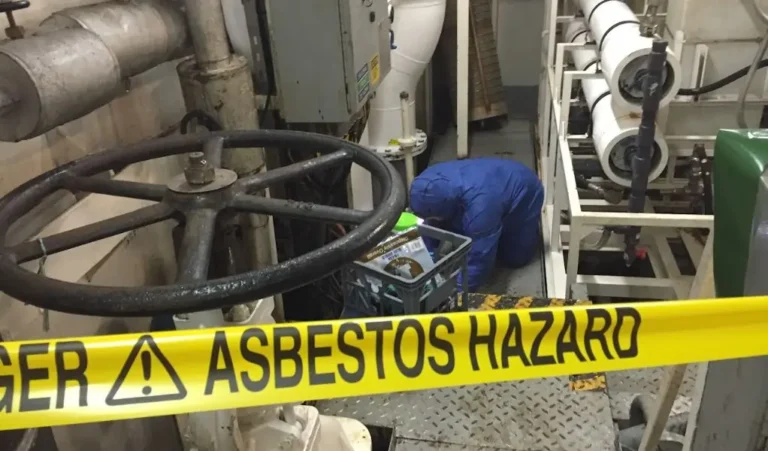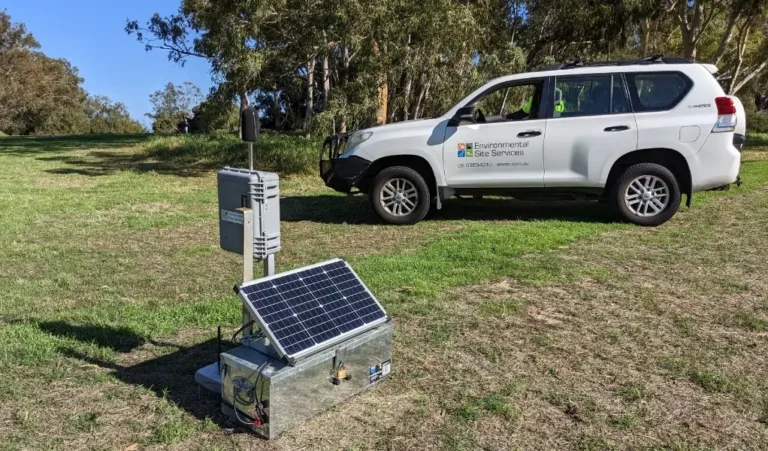Mobile Audiometric Testing Services in Perth & WA
Excessive occupational noise is more than just a comfort issue. It’s a health and safety risk governed by strict legislative requirements.
In Western Australia, employers must provide audiometric testing if their team relies on hearing protection to control exposures above legal thresholds. At ENVSS, we help you meet these obligations through onsite mobile hearing tests, detailed assessments and clear reporting tailored to your workforce.
Your Obligations
In Western Australia, businesses must comply with four important regulatory items: Regulation 58, AS/NZS 1269.4 protocol, Code of Practice: Managing noise and preventing hearing loss at work, Work Health and Safety (General) Regulations 2022, r. 58 (1A)(2) and the Privacy Act 1988.
According to the general regulations: “The person conducting the business or undertaking who provides the personal protective equipment as a control measure must provide audiometric testing for the worker –
(a) within 3 months of the worker commencing the work; and
(b) in any event, at least every 2 years.”
That applies when workers are frequently required to use PPE as a control measure for noise that exceeds LAeq,8h of 85 dB(A) or LPeak 140 dB(C)
Other requirements in these standards can be long and complex, but some of your key responsibilities are:
Fostering communication between workers and health and safety representatives about audiometric testing
Providing appropriate and effective protective equipment
Keeping employee data and results confidential
For more detailed information, please get in touch with our team.
Our Mobile Audiometric Testing Services
Often, clients approach us in situations where testing is required by the code of practice. Those include:
Workers are exposed to any of the ototoxic substances listed in Appendix 2 of the COP
Noise with LAeq,8h greater than 80 dB(A) or LC,Peak greater than 135 dB(C)
ENVSS’ mobile audiometric testing booths can be sent across WA. Our testing is carried out by an accredited noise officer, who will test workers’ hearing using a Pure Tone Air Conduction threshold test. We then conduct audiometric tests using a currently calibrated Oscilla Audiometer – SM930.
Our testing utilises Telephonic TDH-39 earphones housed within 3M Peltor enclosures, which are specifically designed for audiometric testing.
How to Find the Right Tests for Your Site
If you are unsure about the level of noise in your workplace, ENVSS can assist by conducting a detailed occupational noise survey in accordance with Australian Standards and Codes of Practice. Our surveys:
Identify significant noise sources
Identify possible ototoxic substances
Provide PPE advice likely to be exposed to excessive noise
After a survey, our team will suggest one of two types of audiometric testing:
Reference Tests
Formerly known as a ‘baseline test’, a reference test is exactly that – a baseline assessment. It must be conducted within the first 3 months of a worker’s employment and looks to determine whether their hearing meets National Acoustic Laboratory (NAL80) criteria and establish a benchmark for future comparisons. Reference tests follow this procedure:
The worker completes a 16-hour period of quiet pre-test
They provide personal details about occupation, contact information and hearing protection usage
Our team conduct testing as described above
The results are stored as a reference point for identifying any future changes to hearing function
A second reference test is required after 10 years of if a permanent hearing threshold shift is found and medically confirmed. With a reference test, you can monitor long-term auditory health and promote simplified compliance with occupational health standards.
Monitoring Tests
Previously called ‘subsequent tests’, there are two kinds of monitoring tests:
Initial
Initial monitoring tests are a routine-follow up to detect any possible changes since the reference test. It is typically conducted every two years or when concerns arise. They look to identify work-related hearing threshold shifts such as the onset of tinnitus or cross hearing. To realistically assess exposure impacts, we conduct these tests at least half-way through a worker’s shift.
Before testing, workers must provide details about their noise exposure and any new symptoms, such as tinnitus or recent earwax removal. We then compare results gainst the reference test to detect early signs of damage. Workers may choose not to share results with their employer but if any concerns are flagged, a second monitoring test will be arranged.
Second
The second monitoring test is a follow up on the initial assessment, conducted to confirm whether any identified shift is temporary or permanent. It needs to occur within 30 days of the initial test and following a 16-hour quiet period. Results are closely compared with both the reference and initial monitoring tests and if a significant and permanent shift is confirmed, it may trigger the need for a new reference test and medical review.
Like previous tests, the worker is asked to provide updated personal details and disclose any recent changes in symptoms or medical procedures affecting hearing. The results support compliance with WorkCover WA and occupational health requirements.
What to Do After Mobile Hearing Testing
If a hearing threshold shift has been detected in a worker or new tinnitus reported, the following actions are recommended to determine the cause of the shift. Responsible managers should:
1. Identify changes in exposure to noise/ototoxic hazards and reduce if practicable
2. Review hearing protection selection and PPE for ototoxic hazards
3. Ensure employee can fit PPE correctly and wears it for duration of exposure;
4. Refer the worker for audiological counselling if threshold shift is permanent or experiencing new tinnitus
5. Conduct a new reference test if the shift is permanent.
Book Occupational Audiometric Testing with ENVSS
With proper monitoring, testing and control measures, workplace hearing loss is certainly preventable.
ENVSS supports you through every stage of audiometric testing: from identifying hazardous noise through to follow ups. Our accredited noise officers use all relevant regulations to guide their work, giving you the confidence that ENVSS will help you stay compliant.
For more information or to book a mobile hearing testing session, please get in touch.

Occupational Hygiene
Occupational hygiene entails identifying, evaluating, and managing workplace environmental risks to health. Our services cater to diverse needs, crafting solutions for complex hygiene and safety challenges. Our expert staff collaborates with you to implement effective hygiene management systems, crucial for meeting site and legal standards.

Asbestos & HAZMAT
We are a Licensed Asbestos Assessor (LAA) and provide hazardous material management to building owners, property developers and facility managers to meet specific client requirements including identification and risk assessment of hazardous materials, development of detailed hazardous material management plans and supervision of hazardous material remediation works.

Environmental Monitoring
Monitoring services are tailored to your needs, ranging from ENVSS staff attended monitoring to autonomous stations with remote telemetry and alerts. You can access real-time data, make informed decisions, and generate reports via our Client Portal. We understand industry demand and meet client expectations by building our equipment to be flexible, mobile, efficient, accurate and robust.

Noise & Vibration Monitoring
Our noise and vibration services cover both regulatory compliance and occupational health, with services ranging from noise monitoring, blast monitoring, earplug fit testing, human vibration testing and more. Our monitoring devices are set and forget with remote software, allowing us to capture a wealth of data spread over a timeline of your choosing.
"*" indicates required fields
WHY CHOOSE US?
-
LICENSED
Environmental Site Services use only trained, licensed asbestos assessors and occupational hygienists -
OUT OF HOURS
Our airborne fibre monitoring service is available all day, every day -
SAME DAY SERVICE
Same Day turnaround available 7 days a week -
AUSTRALIA WIDE
Investigations and remediation services metro and regional areas -
NATA ACCREDITED TESTING
NATA accredited volumetric sampling and analysis -
REPORT
Comprehensive report, guaranteed!
